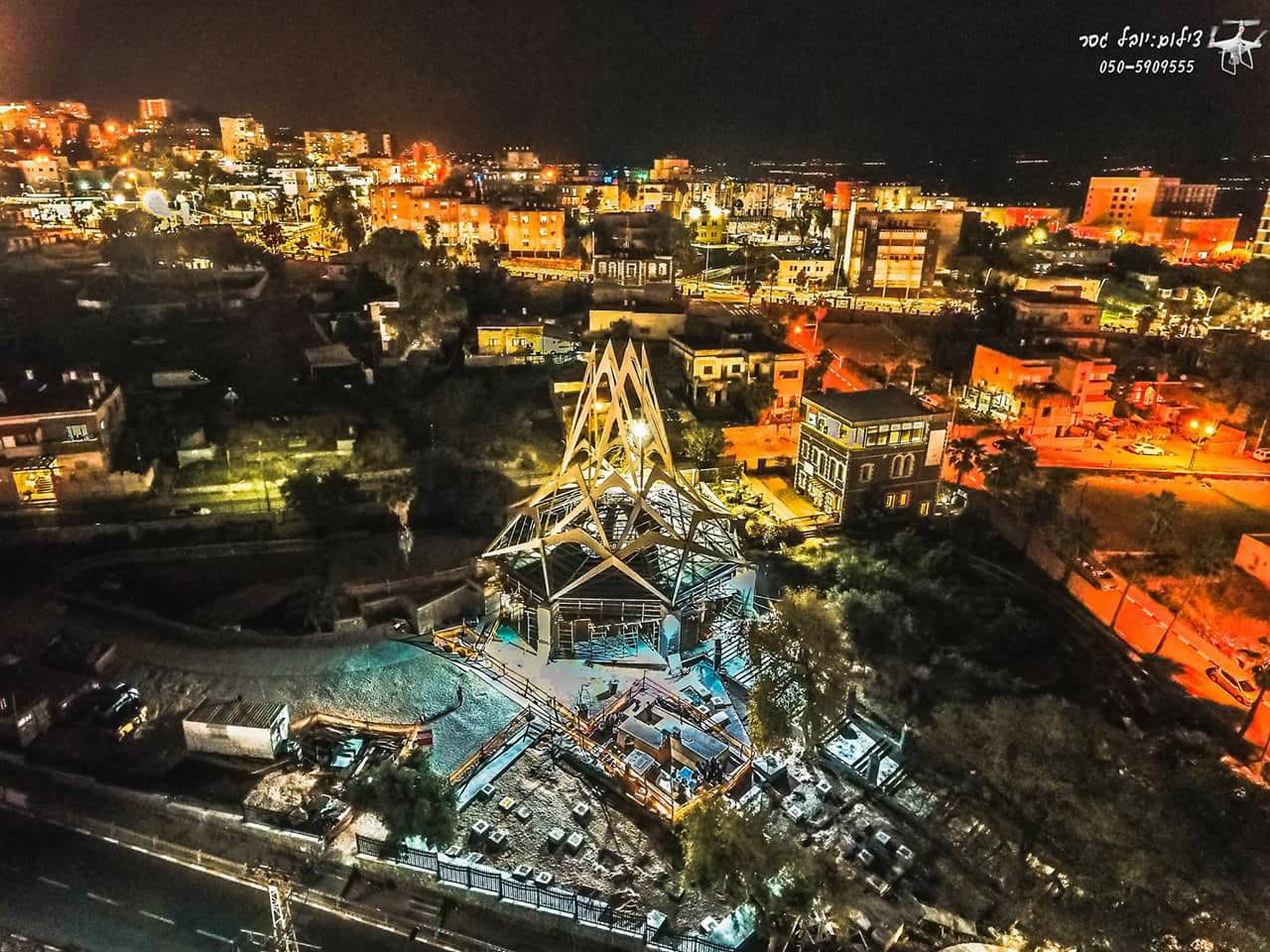
|
History of Tiberias
Tiberias has been a popular destination for tourists for more than 2,000 years. As
early as Roman times, this thriving recreation spa, built around 17 natural mineral
hot springs more than 600 feet below sea level, welcomed visitors from every
part of the ancient world. Built by Herod Antipas (one of Herod the Great's three
sons who divided up Palestine after their father's death), the city was named
Tiberias in honor of the Roman Emperor Tiberius.
The Sanhedrin (the Jewish court) fled from Jerusalem during the Great Jewish
Revolt against the Roman Empire, and after stationing themselves in ten places
they eventually settled in Tiberias (150 CE). It was to be its final meeting place
before disbanding in the early Byzantine period. However it is said that the
redemption of the Jewish people and the reinstitution of the Sanhedrin will take
place in Tiberius (Rosh Hashanah 31a-31b) Following the expulsion of all Jews
from Jerusalem after 135, Tiberias and its neighbor Sapphires became the major
centers of Jewish culture. Shortly after in the year 200 the Mishnah or oral law
was recorded by Rabbi Yehudah Hanasi. It is then that in the year 400 that the
Talmud yerushalmy was compiled and closed in the city of Tiberias.
In 636 CE Tiberias was established as the regional capital until Bet Shean took
its place following the Rashidun conquest. The Caliphate allowed 70 Jewish
families from Tiberias to form the core of a renewed Jewish presence in
Jerusalem and the importance of Tiberias to Jewish life declined. The caliphs of
the Umayyad Dynasty also built one of its series of square-plan palaces on the
waterfront to the north of Tiberias, at Khirbet al-Minya. Tiberias was revitalized in
749 when it was again made the regional capital of Jordan after Bet Shean was
destroyed by an earthquake. The community of masoretic scholars flourished at
Tiberias from the beginning of the 8th century to the end of the 10th. These
scholars codified the oral traditions of ancient Hebrew, which is still in use by all
streams of Judaism. The apogee of the Tiberian Masoretic scholarly community
is personified in Aaron ben Moses ben Asher, who refined the oral tradition now
known as Tiberian Hebrew and is also credited with putting the finishing touches
on the Aleppo Codex. Which is also the oldest existing manuscript of the Hebrew
scriptures, another indication of Tiberias' centrality to Hebrew scholarship and
medieval Judaism as a whole.
During the First Crusade it was occupied by the Franks, soon after the capture of
Jerusalem and it was given in fief to Tancred who made it his capital of the
Principality of Galilee in the Kingdom of Jerusalem; the region was sometimes
called the Principality of Tiberias, or the Tiberiad. In 1099 the original site of the
city was abandoned, and settlement shifted north to the present location.
In 1187 Saladin ordered his son al-Afdal to send an envoy to Count Raymond of
Tripoli requesting safe passage through his fiefdom of Galilee and Tiberias.
Raymond was obliged to grant the request under the terms of his treaty with
Saladin. Saladin's force left Caesarea Philippi to engage the fighting force of the
Knights Templar. The Templar force was destroyed in the encounter. Saladin
then besieged Tiberias, after 6 days the town fell. On 4 July 1187 Saladin
defeated the crusaders coming to relieve Tiberias at the Battle of Hattin 10 km
outside the city.
Burial of Maimonedes
In the year 1204 Moses Maimonides, HaRambam passed away and one year
later his remains were buried in Tiberias on Ben Zakai street which is a short
distance from the center of town.
The Sea Of The Galilee
Tiberias sits on the 32 mile shoreline of the Galilee or Kinneret
The Sea lies roughly 650 feet below sea level
It is 14 miles long and 7 1/2 miles wide at its widest point.
The Sea is the major source of fresh water for the entire country
The Kinneret is shaped like a harp and hence many have concluded that its title
is was developed because of its shape
Unfortunately the Kinneret has dropped three meters more meters below sea
level due to lack of rain since 2007.
|

